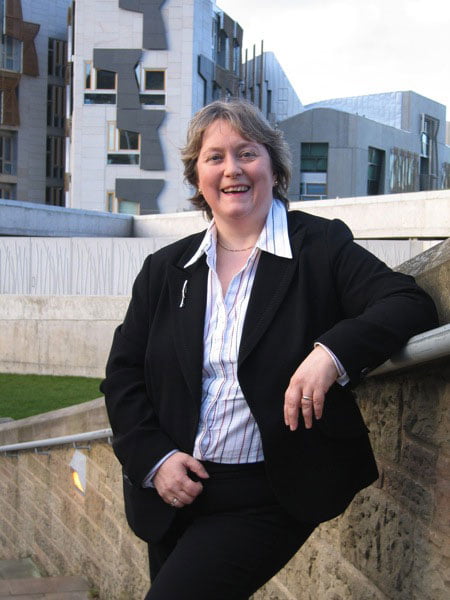Margaret Smith MSP on the Forth Crossing
by Margaret Smith, MSP for Edinburgh West
 As the constituency MSP for Edinburgh West I am in no doubt that it is a great part of the city to represent. Most people might think of it as an urban area but I’m also lucky enough to represent more rural parts of Edinburgh in the Parliament as well. One of the best known is South Queensferry; with its cobbled high street, harbour, interesting restaurants and shops and views across to Fife, it is one of the most picturesque areas in the capital.
As the constituency MSP for Edinburgh West I am in no doubt that it is a great part of the city to represent. Most people might think of it as an urban area but I’m also lucky enough to represent more rural parts of Edinburgh in the Parliament as well. One of the best known is South Queensferry; with its cobbled high street, harbour, interesting restaurants and shops and views across to Fife, it is one of the most picturesque areas in the capital.
For generations, South Queensferry has been characterised by the sight of two bridges spanning the Forth. With the Forth Crossing Bill gaining Royal Assent this year, it will soon be the sight of three very distinctive bridges spanning this famous stretch of water. Each bridge built in a different century – each unique in their own way.
For the past six years, if not longer, I have been working alongside the residents of South Queensferry and neighbouring areas, like Kirkliston, to try to secure the best possible deal for the individuals and communities who will be most affected by the new crossing and its construction. Sometimes it has been a real struggle to try to understand the technicalities and complexities of the various plans and options. On a recent primary school visit a young boy asked me what he should study if he wanted to be an MSP. I suggested engineering.
Like many people in the constituency, I was disappointed that The Scottish Government chose to build a bridge rather than a tunnel. A tunnel would, I believe, have had less of an adverse impact on my constituents and the local environment. That is, however, a debate that has been and gone, along with attempts to have a direct link to the M9 and a multi-modal crossing.
As the local MSP, I worked closely with the community to try to make sure that as well as bearing the brunt of many of the construction drawbacks, the scheme also brought some benefits. These ranged from better cyclist and pedestrian access to more information for local businesses and tourist attractions, like Dundas Castle and Hopetoun House. The work to ensure that local businesses and services actually benefit will continue through the six year construction phase. The additional economic benefit of the crossing project has been estimated by the British Chambers of Commerce to be worth around £6 billion to Scotland’s economy and last week local businesses in the Lothians and Fife had the chance to hear about how they could take advantage of potential opportunities during its construction.
Over 150 representatives from local businesses, ranging from engineering firms to bed and breakfast owners, attended a briefing event organised by Transport Scotland in partnership with Public Contracts Scotland. Its aim was to ensure local businesses had up to date information on the project, and to ensure they stayed in touch with potential sub-contract opportunities once the main contractors are appointed to deliver the Forth replacement crossing project.
Anyone who was involved in the Parliamentary process as an objector, as I was, knows that it was not an easy time. The work required of local residents, the community council, the business association and others, was detailed and hugely time consuming. All those who took part contributed an enormous amount to try to improve the scheme , and although not all of our efforts were rewarded with changes to the project’s design, it was heartening to witness so many people getting involved in the issue for themselves, their neighbours and their community.
There are, of course, lessons for the Parliament to learn – I think that those objecting to Bills and giving evidence need more time and resources to assist them; more account needs to be taken of their views in the final decisions and further information needs to be made available to them as the project unfolds. A passing of a Bill certainly cannot be seen as the end of the line for the communities living under the shadow of the bridges.
The whole debate about the new crossing is something which I have grown very close to over the years and it’s one which will continue to demand a great deal of my time (if I’m re-elected for a fourth term). Construction work for the project is due to start this year and it will shape South Queensferry for the foreseeable future.
Let’s hope that the cable stay bridge will in time become as iconic as its well known neighbours.
